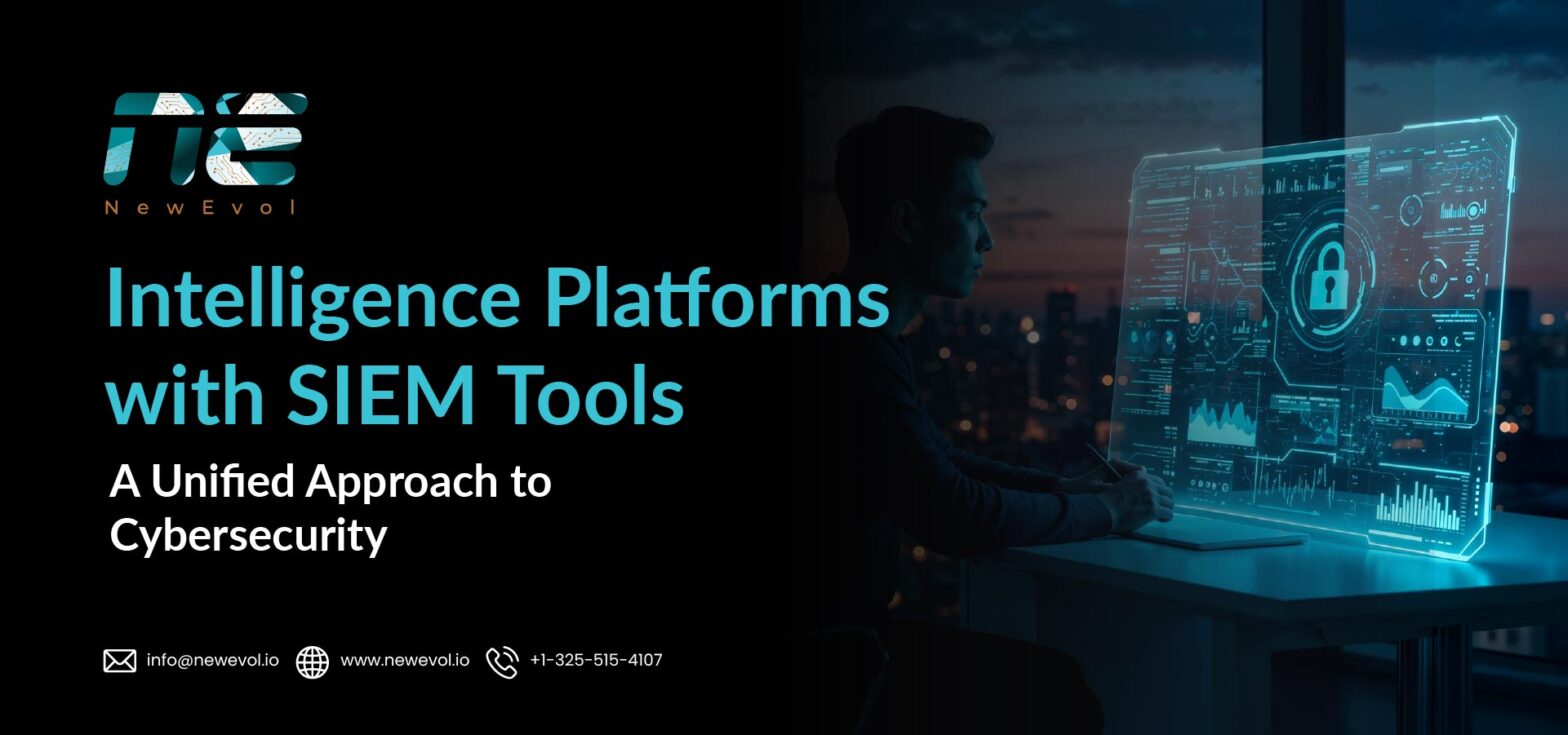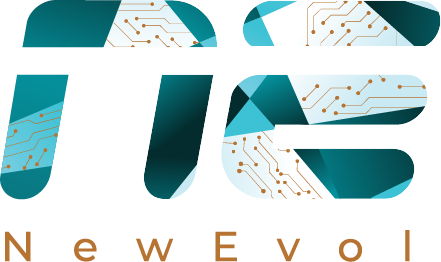Integrating Threat Intelligence Platforms with SIEM Tools

Cyber threats don’t stop at borders, time zones, or business hours. Whether you’re running a financial firm in Chicago, a healthcare provider in Florida, or a retail chain in California, chances are your security teams are dealing with a flood of alerts every day. The problem? Most of those alerts don’t tell the full story.
That’s where threat intelligence and SIEM tools come in. On their own, each plays an important role—threat intelligence gives you context about new and evolving risks, while SIEM helps you collect and monitor logs across your systems. But when you bring the two together, you create a stronger, smarter defense that helps your SOC teams detect, understand, and respond to threats faster.
In this blog, we’ll break down why integrating Threat Intelligence Platforms (TIPs) with SIEM tools is no longer optional—it’s the unified approach modern businesses need to stay secure.
What are SIEM and TIP?
Before we talk about integration, let’s quickly understand what SIEM and TIP actually do—and why they matter in today’s cyber defense.
SIEM (Security Information and Event Management)
SIEM tools are like the central nervous system of cybersecurity. They collect logs and data from across your IT environment—servers, firewalls, applications, endpoints, and cloud platforms—and put it all in one place. Then, they analyze that data to detect unusual behavior, generate alerts, and help your SOC team respond quickly. In short, SIEM gives you visibility and monitoring at scale.
TIP (Threat Intelligence Platform)
A Threat Intelligence Platform goes a step further by adding context. It collects intelligence feeds from multiple sources—global threat databases, dark web monitoring, open-source feeds, and vendor-provided intel—and organizes it in a way your team can act on. A TIP helps you understand who is attacking, why, and how, so you don’t just see suspicious activity—you understand the risk behind it.
Together
On their own, SIEM and TIP are powerful. But when you integrate them, SIEM doesn’t just raise a red flag; it also gets enriched with real-world intelligence from TIP. That means instead of your team drowning in thousands of alerts, they see fewer, smarter alerts—alerts that come with the “why it matters” attached.
Why integrate TIP with SIEM? — Core benefits
On their own, SIEM and TIP are powerful. But when you bring them together, the value multiplies. A SIEM gives you centralized visibility and alerting, while a TIP adds rich context from global threat feeds and intelligence sources. This means instead of just knowing “something suspicious happened,” you can understand who is behind it, how they operate, and whether it’s a real risk for your business.
For U.S. organizations—whether it’s a financial firm in New York, a healthcare provider in Texas, or a tech startup in California—this integration helps teams cut through noise, respond faster, and stay ahead of attackers.
Key benefits include:
- Faster detection: Real-time threat context speeds up the identification of true threats.
- Reduced noise: Filters out false positives, so your team focuses on what matters.
- Smarter investigations: Enriched threat data helps analysts understand attacker tactics.
- Stronger defense: Combines global intelligence with local visibility for better protection.
- Proactive security: Moves your SOC from reactive alert-chasing to predictive readiness.
Integration approaches — how to connect them
There isn’t just one way to bring a Threat Intelligence Platform (TIP) and SIEM together. The right approach depends on your organization’s size, tools, and security maturity. Broadly, here are the most common methods:
- Direct Feed Integration:
Threat feeds from the TIP are pushed straight into the SIEM. This is the simplest method and ensures your SIEM rules and alerts are enriched with the latest threat data.
- API-Based Integration:
Many modern SIEMs and TIPs offer APIs that allow seamless data exchange. APIs enable two-way communication, so not only can SIEMs pull intelligence, but they can also share events back with the TIP for enrichment.
- Connector/Plugin Approach:
Some vendors (like Splunk, IBM QRadar, and ArcSight, popular in U.S. enterprises) provide pre-built connectors or plugins for TIPs. This reduces complexity and speeds up deployment.
- SOAR-Driven Integration:
For mature SOCs, a Security Orchestration, Automation, and Response (SOAR) platform can sit in between the SIEM and TIP, automating data exchange, enrichment, and even incident response playbooks.
- Custom Integration:
In cases where off-the-shelf connectors don’t exist, security teams may build custom scripts or middleware to bridge the gap—common for large U.S. enterprises with hybrid environments spread across California, Texas, and Illinois.
Best practices & implementation checklist
Integrating a Threat Intelligence Platform (TIP) with your SIEM isn’t just about connecting tools—it’s about building a process that improves detection and response. To make it effective, follow these best practices:
Best Practices:
- Start with clear goals – Define whether your focus is faster detection, reduced false positives, or advanced threat hunting.
- Curate quality feeds – Don’t overwhelm your SIEM; use threat intel sources that are reliable, relevant, and updated.
- Normalize & enrich data – Make sure data from the TIP is structured and usable for SIEM correlation rules.
- Automate where possible – Use playbooks to speed up enrichment, triage, and response.
- Measure success – Track metrics like reduced false positives, faster MTTD (Mean Time to Detect), and MTTR (Mean Time to Respond).
Implementation Checklist:
- Select a TIP that integrates smoothly with your SIEM.
- Map out data sources (internal + external threat feeds).
- Set up parsing and normalization rules.
- Build correlation rules in SIEM to use TIP-enriched data.
- Test end-to-end workflows with real-world scenarios.
- Train SOC analysts to use enriched alerts effectively.
- Review performance quarterly and fine-tune.
Common challenges & how to solve them
Bringing SIEM and TIP together sounds straightforward, but many teams hit roadblocks. Here are the most common challenges—and how to fix them:
1. Too much data, not enough context
- Challenge: Security teams get overwhelmed by the sheer volume of intel feeds.
- Solution: Prioritize high-quality, relevant feeds and filter out noise before pushing data into SIEM.
2. False positives flooding the SOC
- Challenge: Enriching alerts with threat intel can sometimes increase noise if not tuned.
- Solution: Tune correlation rules carefully and use automation to triage low-confidence alerts.
3. Integration complexity
- Challenge: Not all SIEMs and TIPs integrate out-of-the-box. Custom connectors take time.
- Solution: Use vendor-supported APIs, middleware, or SOAR platforms to simplify integration.
4. Skill gaps in the SOC team
- Challenge: Analysts may not fully understand how to interpret enriched threat intel.
- Solution: Provide targeted training and build easy-to-follow playbooks for investigation and response.
5. Measuring ROI
- Challenge: Leadership often struggles to see the value of integration.
- Solution: Track measurable KPIs like reduced incident response time, improved detection rates, and lower false positives.
Use cases & real-world examples
Integrating SIEM with a Threat Intelligence Platform isn’t just a theoretical advantage—it’s already driving measurable results across industries. Here are some real-world use cases that show how organizations benefit from this integration.
1. Faster Phishing Detection
- Use Case: A financial services company integrated its TIP with SIEM to automatically flag domains, URLs, and IPs linked to phishing campaigns.
- Result: Analysts could block malicious domains in minutes instead of hours, reducing customer impact.
2. Proactive Threat Hunting
- Use Case: A large retail organization used TIP-enriched SIEM data to hunt for indicators tied to ransomware gangs.
- Result: They identified lateral movement attempts early and stopped an attack before encryption started.
3. Automated Incident Response
- Use Case: A healthcare provider connected TIP + SIEM + SOAR. When a suspicious login was detected, the SIEM enriched it with TIP context and triggered an automated playbook.
- Result: Compromised accounts were locked instantly, cutting response time from hours to seconds.
4. Compliance & Reporting
- Use Case: A telecom company integrated TIP feeds with its SIEM to align with industry-specific compliance requirements.
- Result: They reduced audit preparation time and could show regulators detailed threat visibility.
5. Third-Party Risk Monitoring
- Use Case: A manufacturing enterprise used SIEM + TIP to monitor suppliers’ IPs and domains for compromise signals.
- Result: Early warning of supply chain breaches allowed them to act before attackers reached core systems.
Tooling & vendor landscape (short guide)
Organizations looking to integrate Threat Intelligence Platforms (TIPs) with SIEM tools have a wide vendor ecosystem to choose from. On the SIEM side, common enterprise-grade options include Splunk, IBM QRadar, Microsoft Sentinel, and Google Chronicle—widely used in cities like New York, Dallas, and San Francisco for large-scale log management and compliance.
For TIPs, vendors such as ThreatConnect, Anomali, Recorded Future, and MISP (open-source) offer flexible integrations that enrich SIEM alerts with contextual intelligence. Some SIEM vendors also bundle native TIP-like capabilities, while others require third-party platforms for deeper threat enrichment.
When selecting tools, businesses should look at:
- Integration support (APIs, connectors, automation workflows).
- Data coverage (open-source feeds, commercial threat intel, dark web monitoring).
- Scalability (handling enterprise data volumes without slowing down response).
- Ease of use (dashboards, orchestration, playbook support).
The right combination depends on the organization’s size, budget, and security maturity—small businesses in Austin may favor open-source MISP with a cloud SIEM, while enterprises in Chicago might invest in Splunk + Recorded Future for advanced automation.
Implementation roadmap
Successful SIEM–TIP integration doesn’t happen overnight—it requires a structured rollout. Here’s a step-by-step roadmap to guide implementation.
Step 1: Define Goals & Use Cases
Identify what you want to achieve with SIEM + TIP integration—e.g., faster alert triage, automated enrichment, or advanced threat hunting. Prioritize use cases aligned with business and compliance needs.
Step 2: Assess Current Environment
Evaluate your existing SIEM capabilities, data sources, and threat intelligence feeds. Identify integration gaps, API availability, and performance bottlenecks that could impact rollout.
Step 3: Select the Right TIP & Integration Model
Choose a TIP that fits your SIEM (native connector vs. custom API). Consider scalability, automation features, and whether you’ll use commercial, open-source, or hybrid intel feeds.
Step 4: Set Up Data Ingestion & Normalization
Integrate feeds from the TIP into your SIEM. Ensure consistent formats (STIX/TAXII, JSON, CSV) and normalize threat data so that your SIEM can correlate indicators with existing logs/events.
Step 5: Build Workflows & Automation Rules
Configure enrichment, correlation, and automated response workflows. Define playbooks for common alerts (e.g., phishing, malware C2 domains) and test them against real-world scenarios.
Step 6: Test, Monitor, & Optimize
Run pilot tests with sample alerts to validate accuracy. Continuously monitor performance, tune correlation rules, and refine threat intel sources. Expand gradually across the enterprise once results are stable.
Final Thoughts
Integrating Threat Intelligence Platforms with SIEM tools gives security teams the visibility and context they need to act faster and smarter. For U.S. businesses in cities like New York, Chicago, Dallas, and San Francisco, this unified approach strengthens defenses against today’s advanced threats.
NewEvol simplifies this integration with automation-driven SIEM + TIP solutions designed for scale and efficiency. Ready to modernize your SOC? Connect with NewEvol today.
FAQs
1. What is threat intelligence in SIEM?
It’s the use of curated threat data—like IPs, domains, malware signatures—inside a SIEM to enrich alerts and improve detection accuracy.
2. How to integrate with SIEM?
You can integrate via APIs, connectors, or TIP–SIEM plugins that automatically push threat feeds into the SIEM.
3. How to integrate threat intelligence?
Start by selecting reliable feeds, use a TIP for normalization, and then connect it with your SIEM for automated correlation.
4. Is XDR replacing SIEM?
No. XDR focuses on endpoint and extended detection, while SIEM provides centralized log management and compliance. Many organizations use both together.

